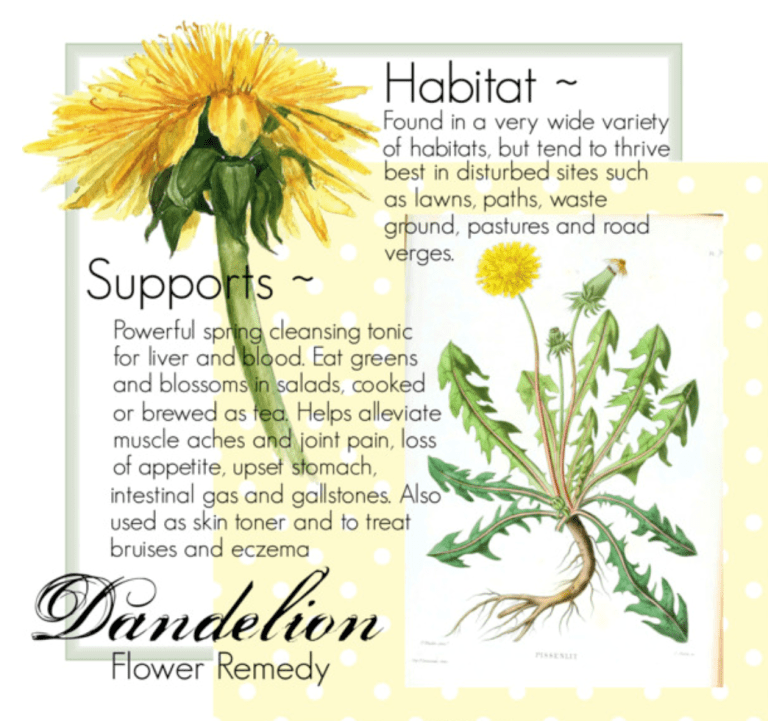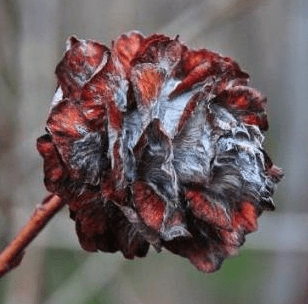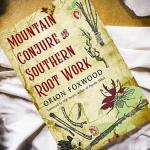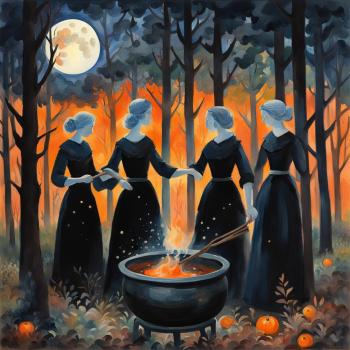Changing With the Seasons
In the north, the spring season of foraging begins when the last traces of snow still remain in patches across dormant fields and lie in the low pockets of forest land. The sun brings warmer days, sap begins to flow, buds begin pushing out of branch tips and my wildcraft practice begins in earnest.
From early May until nearly Samhain, the timing of my foraging, planting and harvesting is essential. Missing any plant’s peak performance, or a failed crop in my garden, means waiting another full year before trying again.
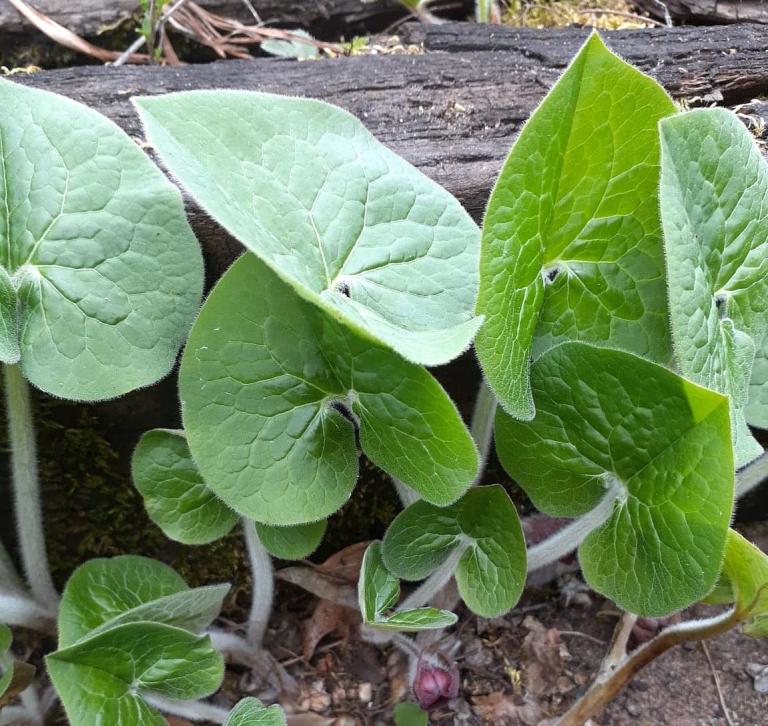
You Can’t Fool Mother Nature
Spring promised an early arrival in my realm during the last days of March. Much more than just a few pleasant days here and there, the summer-like temperatures lingered for nearly three weeks. It seemed the foraging season would start early.
I began watching for the pussy willows to pop their fuzzy little heads up from their winter nap. This shrub-like variety of willow grows in profusion along the ditches near my home, so I was surprised when I didn’t spot the familiar golden branches bursting with soft buds.
Thinking I’d missed them entirely, I was disappointed there would be none of the spring messengers on my Ostara altar. I told myself I better hustle to gather a supply of new-growth branches that yield the tender bark for making tinctures.
If I’d missed the pussy willows, did I also miss the short window to harvest balsam poplar buds? I checked the small stand of young trees at the edge of my property, but the branches barely showed nubs. And what of early pine shoots. Pine corresponds with the gods, immortality, virility and strength. Infused in oil it can be used to relieve aching muscles, or as a chest rub to ease congestion from a cold or flu.
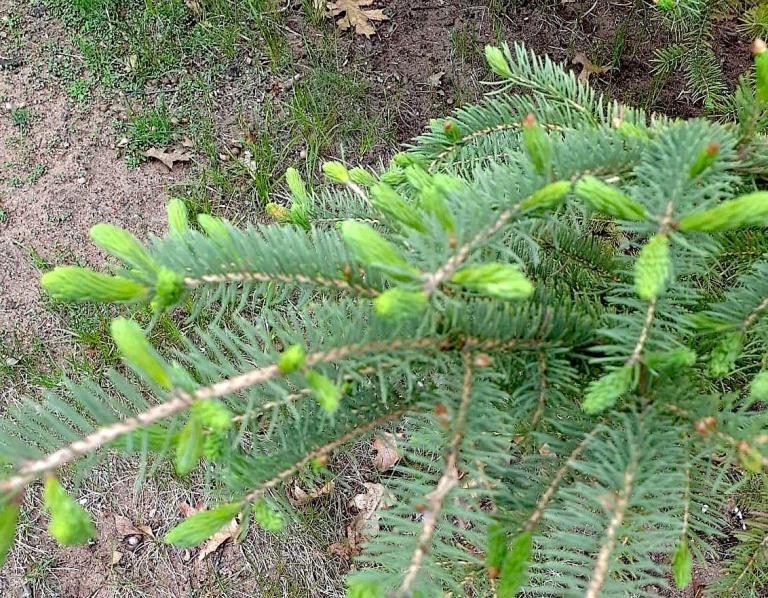
Sitting on my south-facing deck soaking up the hot rays of sunshine in March, I worried that I’d waited too long to start my garden plants in seed trays indoors. With temperatures already climbing above 70-degrees Fahrenheit, maybe I should just get those seed straight into the ground. Did the plants even need the head start for our normally short growing season?
Then, just as I was beginning to trust that warm weather was here to stay, a cold, northwest wind blew the impatient spring maiden back. “Not yet,” it said, “wait your turn.”
I didn’t miss the pussy willows after all, they stayed in tight buds until well into April. Nature was not fooled by the early respite of warmth. Eventually I also spotted the plump poplar buds I was seeking. They are steeping in a jar of oil to yield Balm of Gilead.
The daffodils in my garden are just now past their peak. Lilacs that are now visible in dense clusters of buds, will blossom by month’s end. The leaves of the rhubarb plants have started unfolding above the soil. And, it turns out my seed starters will be perfectly ready to go into the garden with the new moon in June, when all danger of frost is truly past.
All in all, Mother Nature changes into her new seasons on a fairly consistent time table, even if she occasionally likes to show off with a few high summer temperatures in November, and follow up with an early spring preview.
In the coming weeks she’ll keep me busy harvesting dandelions, violets and lily of the valley, all essential plants in my witch’s apothecary of flower essences, tinctures, sacred waters and more. What isn’t safe for teas and tinctures or balms is used for incense for the fire, or in spells that call on the plant spirit.
The heavy hitters in my garden are at full production in June, giant lilac blooms, peonies and roses, followed by valerian and a local variety of mugwort—artemisia ludvocana. In the woods I’ll forage cedar and juniper, in the fields I’ll hunt for sweet grass, yarrow and tansy, and in the margins, wild blueberries and strawberries.
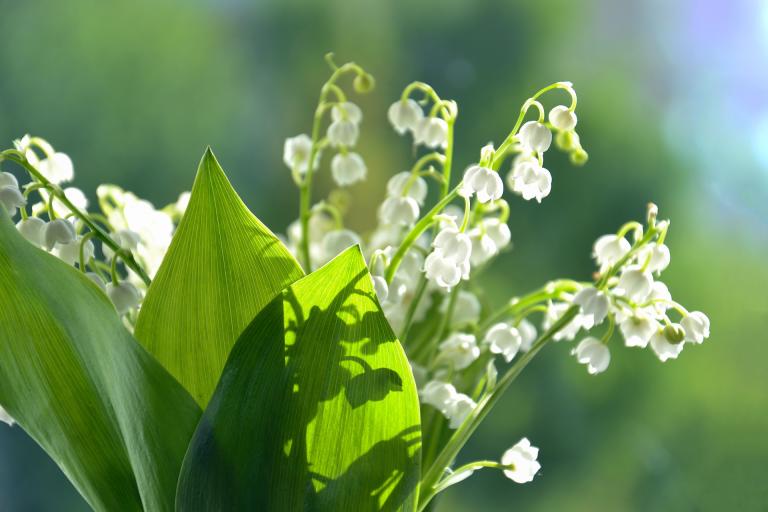
Throughout the summer I’ll pick the leaves raspberry, monarda, self heal, sweet fern and more. There are mosses, lichen and fungi to hunt in the forest. As late summer turns to fall, I’ll harvest crab apples, rose hips and wild grapes. I take the time to carefully label everything and make notes in my witch’s journal.
That’s only a partial list. For the next six months, my kitchen will be a whirlwind of activity, processing what I harvest. Most of what I don’t keep for my own use, I give to family and friends. Some of it I use to barter with other witches. It’s a lot of work, and it takes up a good deal of space and time.
I could easily walk into any pharmacy or super store and buy the modern equivalent of what I need—aspirin instead of willow bark, insect repellent instead of yarrow and jewel weed. I can buy almost any herb for magical use, in commercially prepared tea or spices on my grocer’s shelf, or in bulk at Whole Foods. I can order online from any number of herbal suppliers. If I were an urban witch, surrounded by concrete and pavement, my foraging opportunities would be greatly limited and I’d often have little choice but to purchase what I need. So why all the time, effort and money of wildcrafting?
Being a witch means living in as close harmony with nature as I can. For me, that translates into working with plant spirits, building a relationship from seed, to harvest to processing. I understand it as both a privilege, and a responsibility. As I move further into my crone years, I know there is likely a time coming when I will no longer have the privilege—the space, the resources, the money or the physical ability to continue my calling as a plants woman. I’m preparing to redefine my role as necessary—write more about my experiences to pass on the knowledge, perhaps even a book.
But for now, another season of wildcrafting is calling.
Follow Simple Witchery on Facebook and check out my witchy feeds as the MADGoddess on Instagram and Pinterest.


